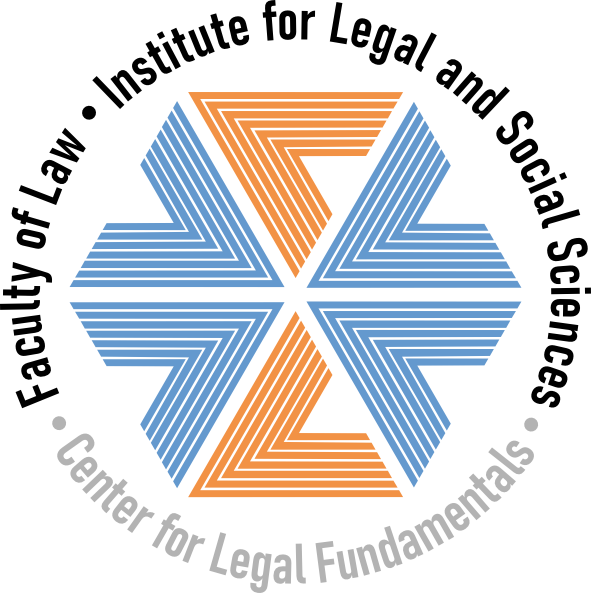Prikaz osnovnih podataka o dokumentu
Actus reus genocida i vrste genocidnog uništenja
Actus reus of genocide and types of genocidal destruction
| dc.creator | Palević, Milan | |
| dc.creator | Milisavljević, Bojan | |
| dc.creator | Spalević, Žaklina | |
| dc.date.accessioned | 2024-03-11T15:09:22Z | |
| dc.date.available | 2024-03-11T15:09:22Z | |
| dc.date.issued | 2019 | |
| dc.identifier.issn | 0350-137X | |
| dc.identifier.uri | https://ralf.ius.bg.ac.rs/handle/123456789/1165 | |
| dc.description.abstract | Model genocidnog uništenja podrazumeva način na koji se genocid vrši. Izvedena iz tog osnovnog su i pitanja da li su masovna ubistva, kulturne represije, izgladnjivanje, prevencija rađanja ili politocid sve načini izvršenja genocida ili se genocid u tom pogledu limitira na biološko odnosno fizičko uništenje zaštićene grupe. Posleratni razvoj međunarodnog prava, pre svega deklaracije i Paktovi UN-a, te brojne konvencije vezane za ljudska prava kao i sudska praksa dva tribunala, signalizirali su postojanje šireg običajnopravnog koncepta genocida koji bi u sebi mogao involvirati i prerogative kulturnog uništenja. U modernim teorijskim shvatanjima ispoljena je slična tendencija. S aspekta de lege ferenda, to se može razumeti i tumačiti kao pozitivna tendencija, ali je istovremeno diskutabilno sa stanovišta legislativnog i konzervativnog karaktera Konvencije. U radu se elaboriraju materijalni akti genocida i pozicioniranje istih unutar idejnog koncepta zločina genocida u svetlu kontroverzi modela genocidnog uništenja. | sr |
| dc.description.abstract | A model of genocidal destruction implies the manner in which genocide is carried out. Questions deriving from my fundamental point at issue are whether mass killings, cultural repressions, starvation, prevention of birth, politicide constitute genocide or whether genocide, in that sense, is limited to biological or physical destruction of a protected group? the post-war development of international law, especially as a result of the adoption of the Universal Declaration of Human Rights and Convention on Human Rights, and a number of conventions related to human rights, as well as jurisprudence of the two tribunals, signaled the existence of a wider concept of a customary-legal concept of genocide, that could intrinsically involve a prerogative of cultural destruction. The modern theoretical views have expressed such a tendency. From a "de lege ferenda" perspective, this could be interpreted and understood as a positive tendency, but at the same time it is questionable from the perspective of a legislative and formal-legal character of the Convention on the Prevention and Punishment of the Crime of Genocide. This paper elaborates material acts of genocide and their position within the concept of genocide considering the controversies of the models of genocidal destruction. | en |
| dc.publisher | Društvo ekonomista "Ekonomika", Niš | |
| dc.rights | openAccess | |
| dc.rights.uri | https://creativecommons.org/licenses/by-nc/4.0/ | |
| dc.source | Ekonomika | |
| dc.subject | oblik uništenja | sr |
| dc.subject | konvencija | sr |
| dc.subject | genocid | sr |
| dc.subject | actus reus genocida | sr |
| dc.subject | genocide | en |
| dc.subject | forms of destruction | en |
| dc.subject | convention | en |
| dc.subject | actus reus of genocide | en |
| dc.title | Actus reus genocida i vrste genocidnog uništenja | sr |
| dc.title | Actus reus of genocide and types of genocidal destruction | en |
| dc.type | article | |
| dc.rights.license | BY-NC | |
| dc.citation.epage | 73 | |
| dc.citation.issue | 4 | |
| dc.citation.other | 65(4): 63-73 | |
| dc.citation.rank | M51 | |
| dc.citation.spage | 63 | |
| dc.citation.volume | 65 | |
| dc.identifier.doi | 10.5937/ekonomika1904063P | |
| dc.identifier.fulltext | https://ralf.ius.bg.ac.rs/bitstream/id/140/1162.pdf | |
| dc.identifier.rcub | conv_1631 | |
| dc.type.version | publishedVersion |


